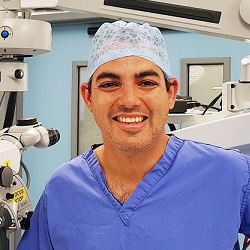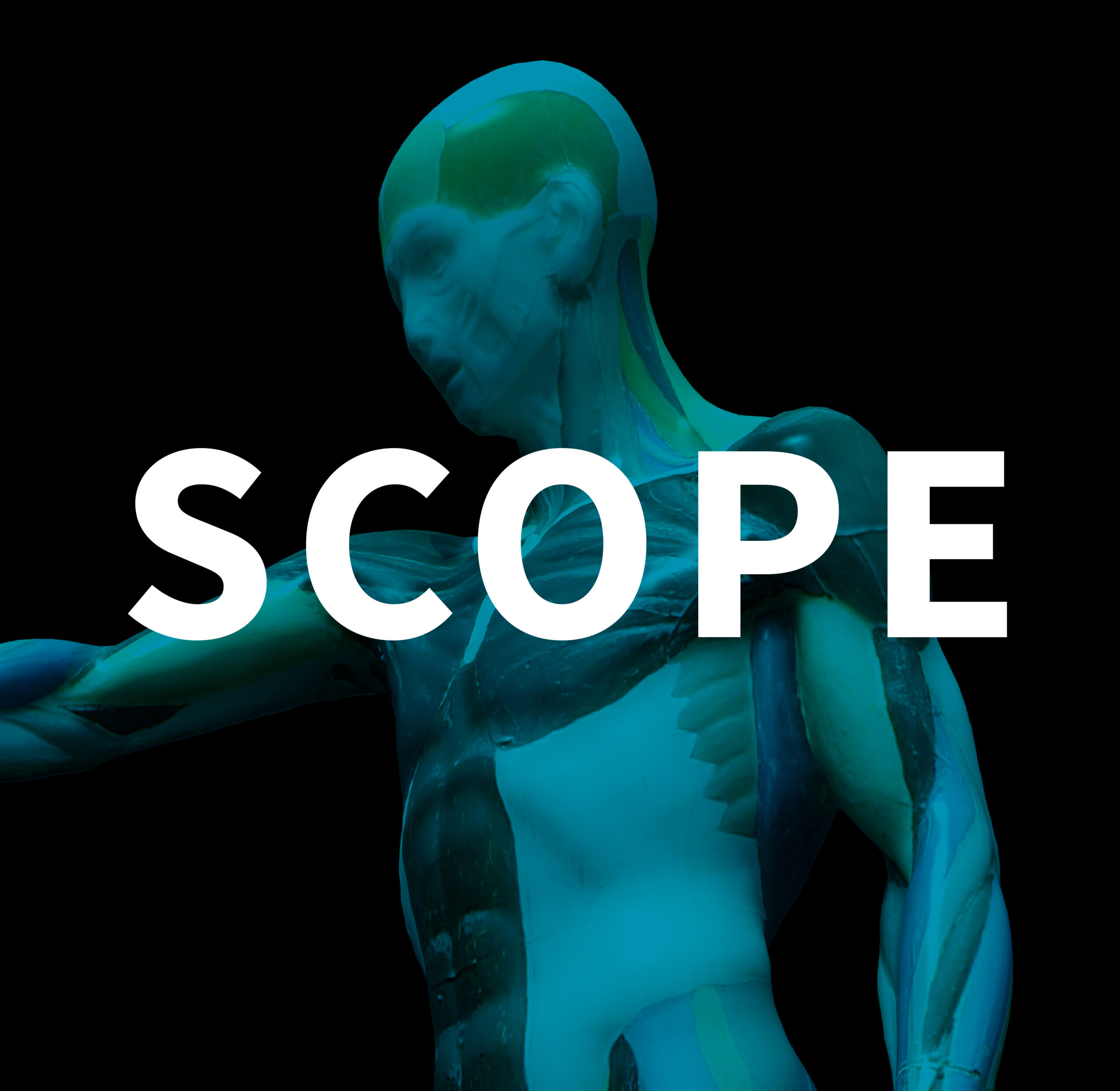
Aidan Roche
Hi I’m Aidan and I’m an ECAT SCREDS Clinical Lecturer at the University of Edinburgh and a Plastic and Reconstructive Surgery Registrar within NHS Lothian.
I’m working with Dr Adam Stokes (School of Engineering) and colleagues on the rapid 3D printing of personalised protective face-masks and visors. These face-masks are made to World Health Organisation standards and for healthcare workers treating COVID-19 patients. We were recently awarded £84,000 from the Chief Scientist Office Rapid Research in Covid-19 Programme.
First things first, what are ECAT and SCREDS?
ECAT SCREDS clinical lectureships are highly competitive joint academic and clinical training positions between the University of Edinburgh and the NHS.
ECAT (Edinburgh Clinical Academic Track) is a flagship Wellcome PhD programme for clinicians. It is open to both medics and vets who have demonstrated the potential to pursue a career as an academic clinician.
SCREDS (The Scottish Clinical Research Excellence Development Scheme) provides an integrated training and career development pathway enabling clinicians to pursue concurrently or sequentially academic and clinical training within the NHS.
How does it work?
A SCREDS clinical lectureship allows trainees like me to progress with both medical/surgical training at the same time as their academic training. Usually, we spend 80% of our time doing clinical work (operating, clinics, ward work, etc.) and 20% academic work (managing projects, writing papers, presenting at conferences, etc.).
It’s a really enjoyable job, as no two days are ever the same. In the clinical world, I can help a few patients directly, while with my academic hat on, my impact can be global.
The important point being: as academic clinicians we can identify problems in the clinical world firsthand, then devise a solution to them. I used to be an engineer… first training as a mechanical engineer, then as a scientist by obtaining my doctorate in bioengineering, before training as a surgeon…so finding solutions to problems like this are enjoyable for me.”
Poorly-fitting face masks
The project came out discussion with clinical colleagues in A&E and ITU who had noted that not all FFP2/FFP3 masks available were fitting sufficiently to prevent transmission of infection. I work with Ken Stewart who is a Consultant Plastic Surgeon, and one of the collaborators involved.
I looked into these issues a bit further with Occupational Health at St John’s Hospital. The data confirmed that with the stock available, not all staff were safely passing the required respirator “fit-test” – a measure of how well the mask is filtering out aerosolised particles, thus preventing transmission.
As such, these valuable staff members cannot safely work in areas where Covid-19 patients are present. We realised this is due to the generic nature of available masks, so we proposed adapting 3D scanning technology we already use for facial reconstruction surgery to generate an exact 3D model of a healthcare worker’s face.
From this model, a personalised 3D printed mask could then be printed, which conforms to each individual’s unique features. This can all be done within a matter of hours and locally, important points in a global pandemic when supply chains are strained.
The 3D printing solution
As such, I developed the proposal and protocol, and collaborated with Dr Adam Stokes (Principal Investigator) of the Soft Systems Group in the School of Engineering as a cross university CMVM/CSE project. We are aiming to use the CSO’s funding to develop and validate our designs by using the same respirator fit-tests used in NHS hospitals.
We are also working with Professor Paul Digard of the Roslin Institute to investigate which materials are best to prevent viral contamination and can be easily disinfected in line with NHS protocols, so that these masks can safely be re-used (thus becoming a more sustainable, long-term solution).
While we appreciate this is a research project at the moment, we hope by testing the masks in participants’ homes and in simulated clinical scenarios (e.g. in the simulation suite where management of simulated cardiac arrests or big burns can be trialled in teams) we can gain quantitative data of how well the masks perform and importantly, how clear communication is through them, and how comfortable they are during long wear and stressful environments.
Why did I get involved and what are my hopes?
Simple – I have useful skills that I want to apply to help during a global crisis. If we all do our bit, it makes it more manageable for everyone.
I would hope that by validating the use of 3D face scanning and 3D printing together in a rigorous study we would be able to provide a blueprint for rapid production of locally produced PPE that help support the existing NHS response.
The goal would be to fill any gaps in stock, particularly for staff whose generic supplies do not fit safely, whether that is here in Scotland, the UK, or perhaps further afield. Ideally, I would like to support local industry to develop sustainable PPE using materials in a way that previously might not have been considered, thereby avoiding over-reliance on global supply chains that are clearly being strained.



Leave a Reply